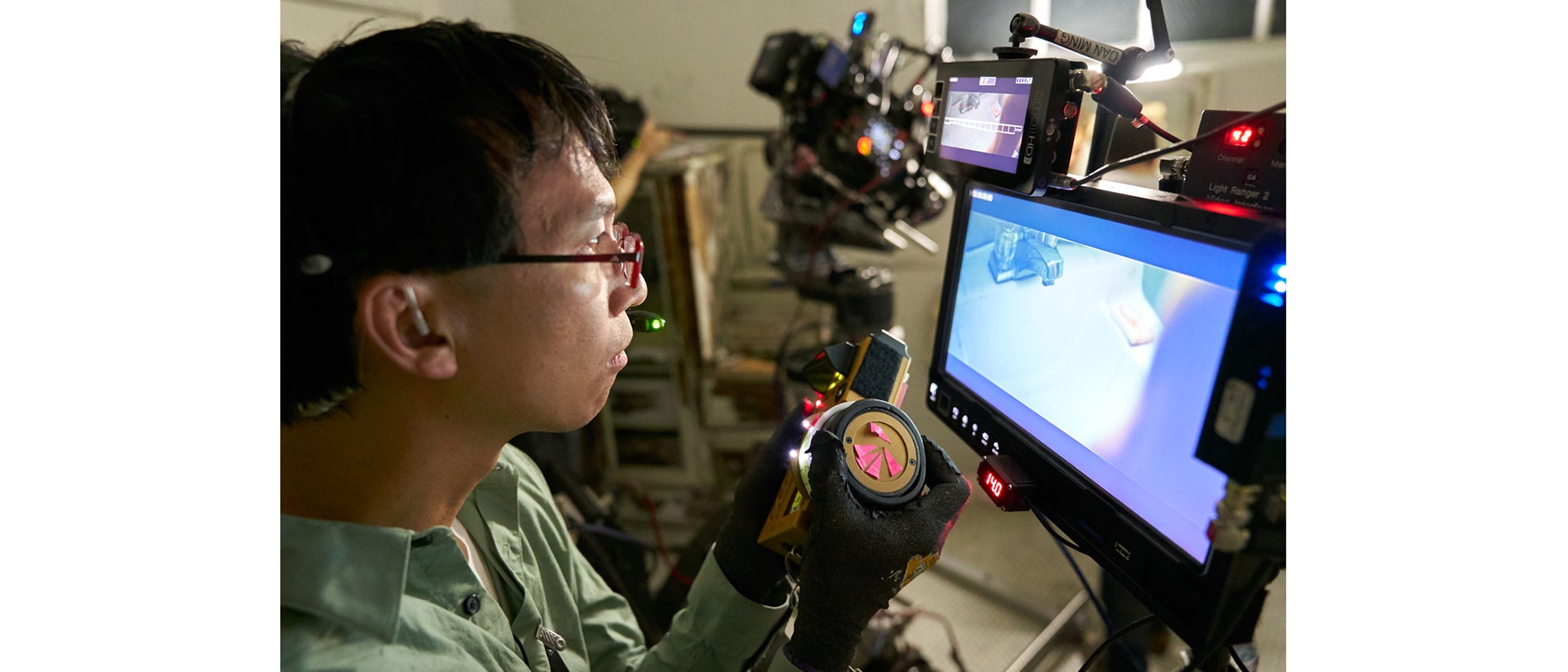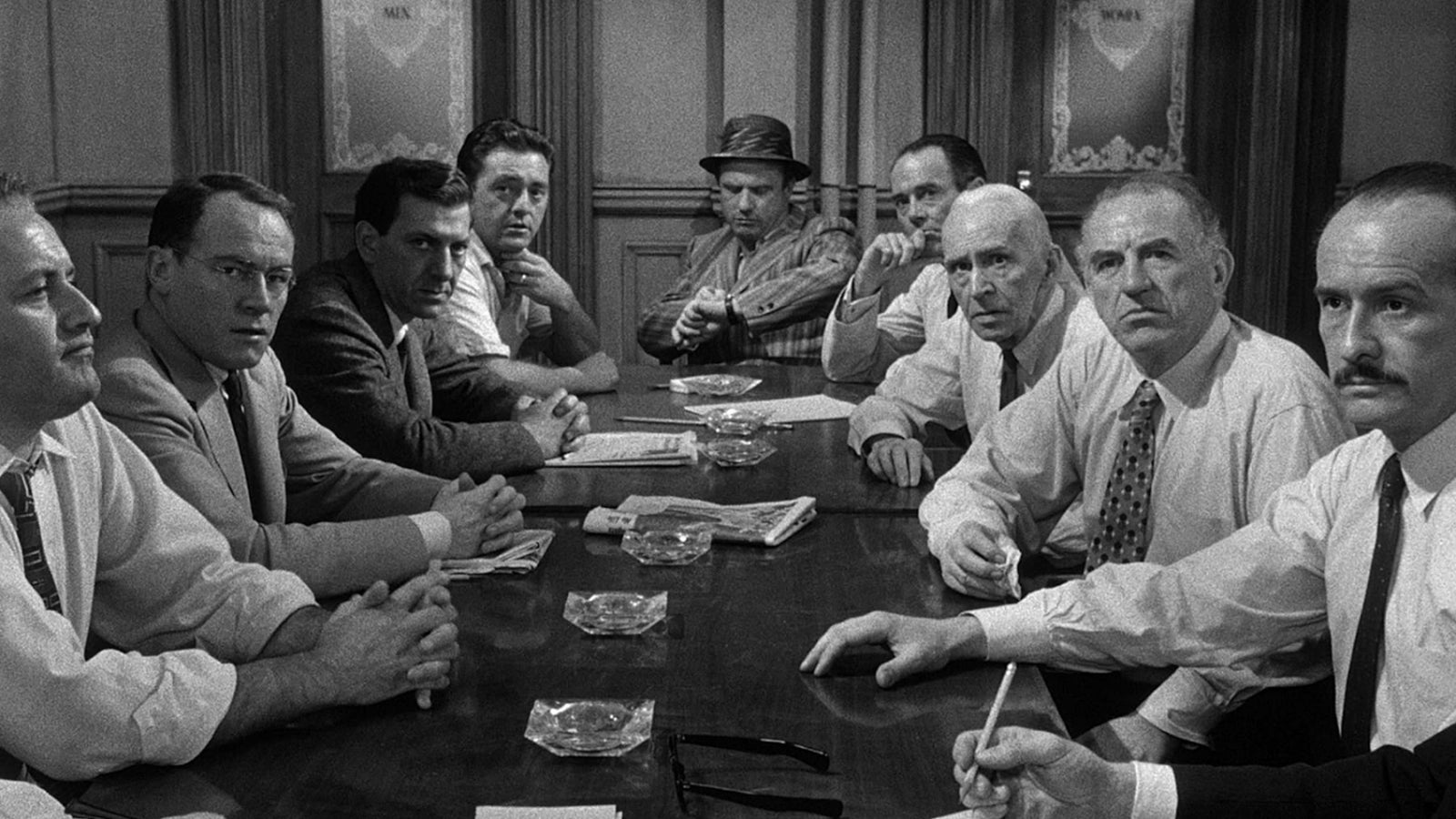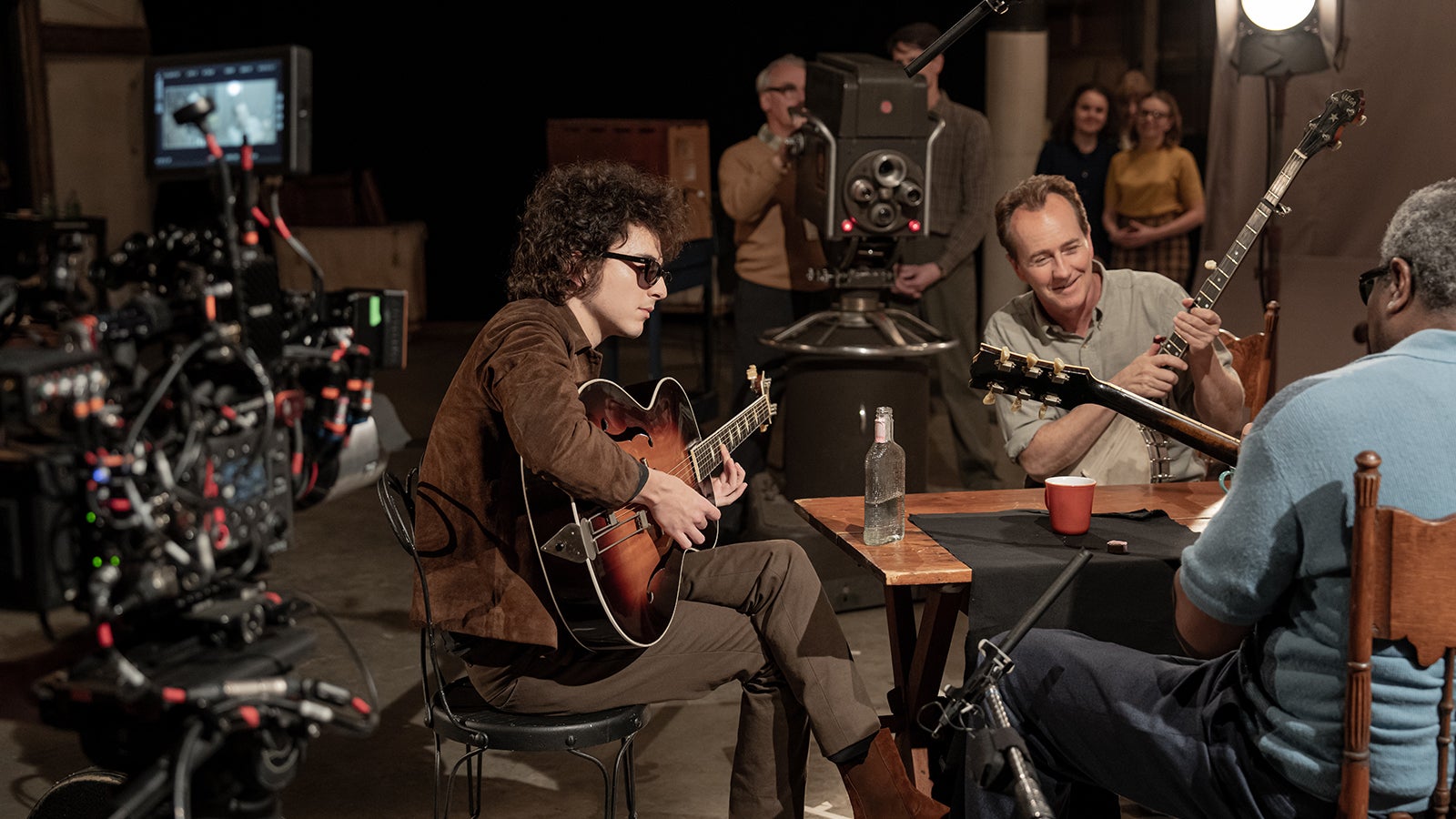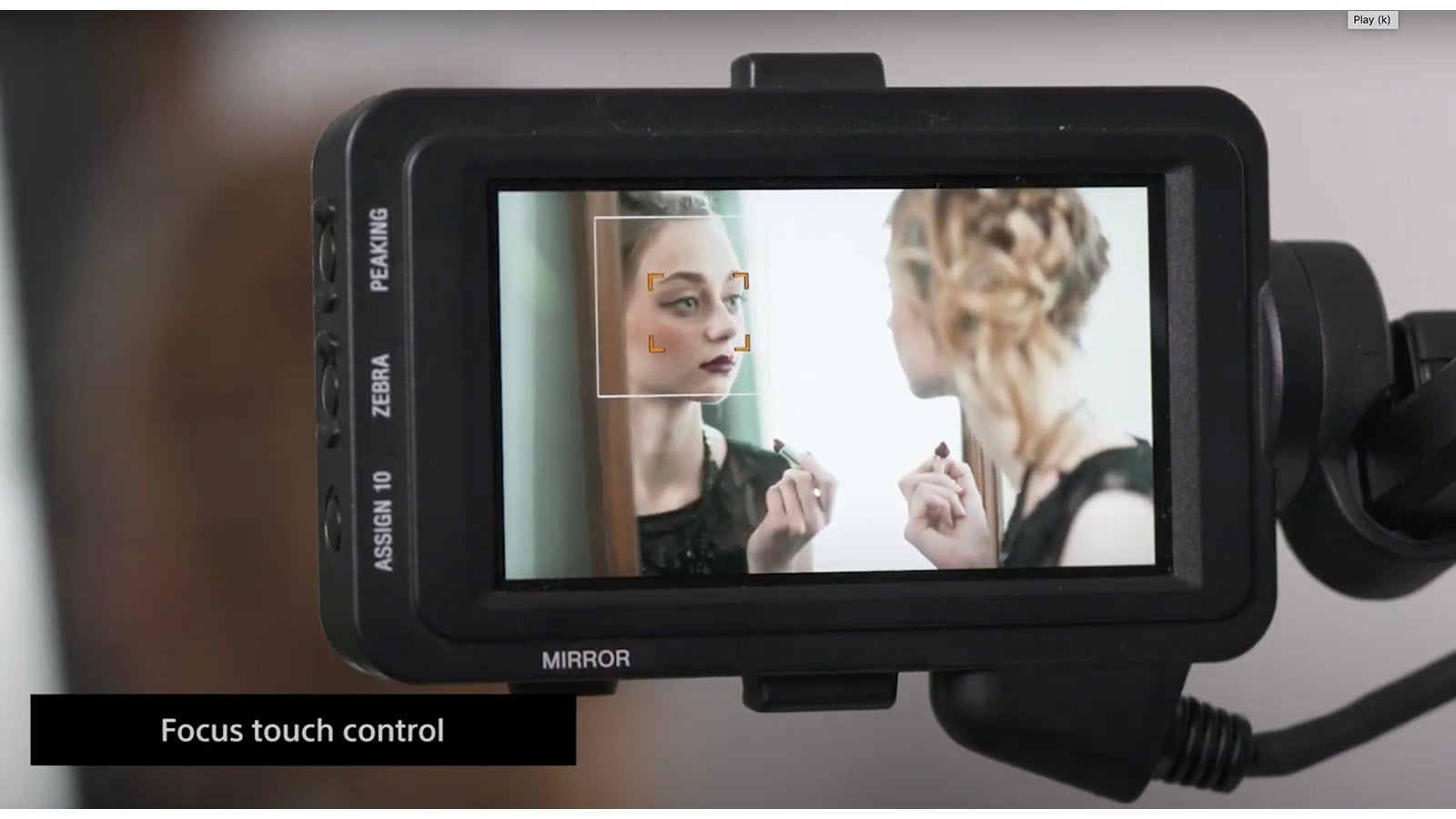
08-18-2021 - Case Study, Gear, Technology
6 Scenes That Show How a Camera's Focus Tells the Story
By: No Film School

In collaboration with No Film School.
How much does focus affect storytelling? We dig deep.
Every week, millions of people flock to the theater to be taken on a journey. They want to experience love, terror, laughter, and action. There are so many different genres and types of movies, but they all have one thing in common—they use visuals to tell the story.
Filmmaking is a visual medium. Cinematographers use cameras to capture the images in screenplays, and the director runs the show. But how do they pick shots that add to the story? And how do they know what shots will make people feel what?
Today, let's focus on the idea of focus, or in large part, the depth of field of an image. We'll look at six shots where the cinematographer and director made choices that directly affected the story and made the audience feel a certain way.
1. The Social Network and Tilt-Shift
For the uninitiated, a tilt-shift describes a creative and unique cinematography type in which the camera is manipulated so that a life-sized location or subject looks like a miniature-scale model. People use it to distort reality or show what characters think could be significant.
In The Social Network, it's used in the regatta scene to show how focused the rowers are on the task ahead, tuning out the world around them. We see the Winklevoss characters' intensity and know they are not to be messed with in the future.
If you don't want to take my word for it, listen to David Fincher's words: "We could only shoot 3 races at the Henley Royal Regatta. We had to shoot 4 days of boat inserts in Eton. The only way to make the date for release was to make the backgrounds as soft as humanly possible. I decided it might be more 'subjective' if the world around the races fell away in focus, leaving the rowers to move into and out of planes of focus to accentuate their piston-like effort."
2. Jaws and the Dolly Zoom
Perhaps the most famous shot in all of Steven Spielberg's repertoire, this dolly zoom comes from the early days of Hitchcock. Channeling his inner master of suspense in making Jaws, Spielberg used this iconic change in focus on the beach.
The change in focus as the camera dollies backward but zooms forward is that the background suddenly grows in size and detail and overwhelms the foreground—or it could be that the foreground dominates its previous setting. This all depends on which way the dolly zoom is executed. This effectively manipulates our judgment of the relative sizes of objects.
It can be a highly unsettling effect, which allows cinematographers to change the emotion of a scene.
Using this method, Spielberg marked the moment Brody went from relaxing on the beach to realizing a shark posed a danger to everyone in the immediate area.
3. Citizen Kane and Deep Focus
The most famous movie ever made was also a pioneer in using focus changes to tell the story. Orson Welles' Citizen Kane often employed deep focus to give the audience a window into what was going on in Charles Foster Kane's brain or show us more information about his life. Deep focus is a technique where the foreground, middle ground, and background are all in focus at once.
This lets the audience look at the different layers of action to figure out what's going on.
In one of the most famous Kane scenes, we see a kid outdoors, playing with a sled, while indoors, his parents agree to sell him to someone rich and to send him away.
4. The Graduate and Rack Focus
Perhaps our favorite shot on this list, the rack focus is used as a crucial part of storytelling in The Graduate. A rack focus describes the practice of changing the focus of the lens during a shot. The term can refer to small or large changes of focus that play with the depth of field.
For the scene in question, Benjamin is trying to tell his girlfriend about a past relationship when her mother shows up in the doorway. In it, we see the camera change focus from the girl to her mother, who is the woman Benjamin dated before his current girlfriend. We are placed directly in the character's perspective, feeling his stress as he tries to profess his love and confess his indiscretions.
It's a huge moment as the story turns, and instead of words, the filmmakers let the camera tell the story.
5. Shaun of the Dead and Whip Zoom Shots
Until now, we're talked about huge shots in movie history, shots that everyone talks about and remembers. But when it comes to this montage helping us transition, it may not be famous in greater movie history, but it is crucial to selling the story's look and feel. It comes from Edgar Wright's Shaun of the Dead.
Whip zoom shots are a type of camera shot in which the camera zooms in or out rapidly, allowing the viewer to focus on the subject. In this montage of whip zooms, we see Shaun prepare for his day. It's heavily stylized and forces us to see everything he does quickly before heading out the door. It makes us laugh, eases us into the comedy, and prepares us for the lunacy that is to come later.
6. Blade Runner 2049 and Shallow Focus
Imagine the pressure of making a sequel to Blade Runner, one of the greatest films of all time. Well, that's what Denis Villeneuve was feeling when he embarked on creating Blade Runner 2049. In the movie, he used shallow focus to change the audience's perspective and get them to focus on precise details and other ideas within the mystery.
Shallow focus is when you use a small depth of field so that one plane of the scene is in focus while the rest is out of focus. It helps emphasize specific things. It's used a lot in the mystery genre to help us see the same clues as investigators, but you can also hit home emotional changes. Like when we see a skull in someone's head and think about our own mortality.
Villeneuve loves shallow focus so much it's become sort of his calling card within Hollywood.
Summary
As you can see, the focus of the camera contributes a lot to the storytelling, along with lighting, composition, and everything else we see in the frame. Focus can reveal characters, internal and external emotions, and manipulate the audience into thinking or feeling several different emotions.
The focus is what accentuates all of that. It dictates where we look and how we respond.






